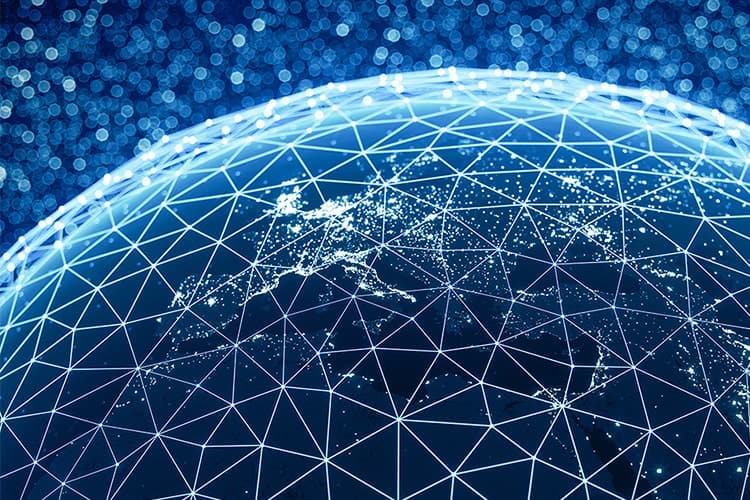Friction – Not since the days when Newton was mulling over his second law of motion has Friction been talked about so much. 2016 was the year in which everyone in the payments world talked about removing it (maybe with the exception of some voices in the Fraud corner of the room). From blockchain discussions to Open APIs (more to come on both), removing friction in the payments workflow was a key underlying objective, if not THE objective. So that leaves us the FinTech version of Newton’s law – the speed of a payment is inversely proportional to the friction on the payment rails or put simply, the more friction, the slower the transaction (yay physics!).
Open APIs – Coming into 2016, the payment world as a whole was not widely discussing PSD2 or Open Banking, and now it is hard to be at a conference or event and not hear about those or the broader context of what Open APIs mean to our industry (every 5 seconds). What makes the Open API discussion different from many of the trends we talk about is that it is made up of two equal parts; organizational mentality and technology. The idea of working in an open ecosystem—sharing ideas/best practices and enabling innovation to occur outside the Financial Institution’s walls—is almost as important as the APIs themselves. As the industry is coming together to create a new ecosystem driven by collaboration, I believe we are going to see a big bang-esq acceleration of innovation, and we’ll be able to thank Open APIs when it does.
Virtual and Augmented Reality – One of the trends that literally came out of nowhere this year was the explosion of Pokemon Go…and it nearly as quickly faded back into the fold. Whether you participated in the game or not, one thing will stick with us, the acceptance of using augmented reality was realized. For me, this opens the door to using tools such as Virtual Reality sets or possibly Snap Chat Spectacles (if you can get your hands on a pair) to play with and build tools that the masses appear to be ripe and ready for.
The Internet of Things – From Samsung’s smart refrigerator to Amazon’s Alexa or Google Assistant, the connected world is here and growing rapidly. The idea of talking to a device in your home to inquire about the weather (or in Alec’s world, ordering those socks) is something that we have been growing more and more accustomed to. Whether it’s Alexa, or Microsoft’s Cortana, IBM’s Watson or Apple’s Siri, the virtual personal assistant world is here and the explosion of functionality for this new interaction layer is just beginning to unfold; it’s no longer a question of will folks participate in this new space, but rather when.
Mobile Wallets – From Apple Pay (Happy 2nd birthday) to Walmart Pay, the [NAME] Pays were not far from any discussion on conference floors and main stages. While the proliferation of [NAME] Pays will continue, 2016 also started to highlight the phenomena of checkout paralysis. I am intrigued to see how this story plays out, but I also hope that for the sake of our industry, more storefronts will turn on their NFC capabilities to increase acceptance of mobile-based payments. As a mobile pay user, I for one, am looking to leave my George Costanza wallet at home more often—it’s just better for my back that way.
The Free Gift with Purchase Trend
The year 2020 – When everyone started talking about the year 2020, it was in an imaginary future kind of way, similar to the way we thought we would have flying cars by the year 2015 (for those of you who are really into Back to the Future, the thought was we’d be there by October 21, 2015). 2020 is now in our three-year planning windows, which means we’ll be funding projects and products that will be sold and implemented in market in the year 2020, and while we likely will still have checks, cash coin and card swiping, the world of payments will certainly look closer to the projected realities of the first Money2020 5 years ago than many of us believed possible at the time. Time to start projecting for 2030 (which we are closer to today than the year 2000….).




